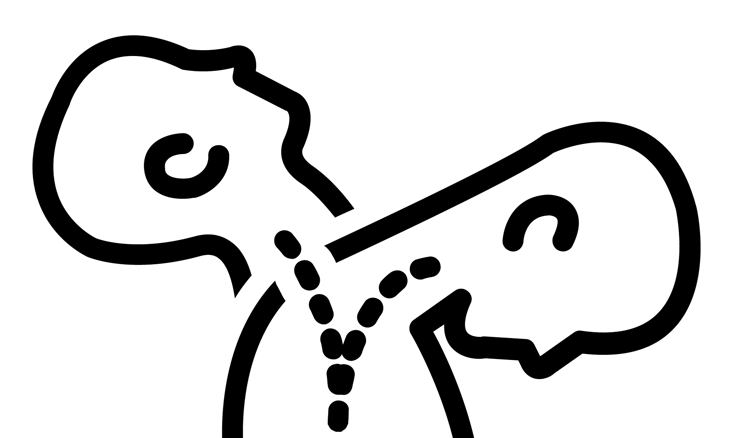Ph: 0493 519 744 | Email: info@osteophi.com.au


Whiplash injury
Understanding whiplash: the causes, symptoms, and effective management of neck pain
Neck pain is a common condition that affects millions of people worldwide. Among the various causes of neck pain, whiplash is a particularly prevalent and often misunderstood condition. In this article, we will delve into the complexities of whiplash, exploring its causes, symptoms, and effective management strategies to help those who suffer from this debilitating condition.
Whiplash is a neck injury that occurs when the head is suddenly and forcefully jerked backward and then forward, mimicking the motion of a whip. This abrupt movement can cause damage to the ligaments, muscles, and discs in the neck, leading to a range of symptoms collectively known as whiplash-associated disorder (WAD).

Neck pain
The most common cause of whiplash is motor vehicle accidents, especially rear-end collisions. However, whiplash can also result from sports injuries, physical assaults, or other traumatic incidents where the head undergoes rapid acceleration and deceleration.

Generalised whiplash neck mechanics
1. Neck pain and stiffness: The hallmark symptom of whiplash is pain and stiffness in the neck, often accompanied by difficulty moving the head.
2. Headaches: many individuals with whiplash experience headaches, which can range from mild to severe and may be localised or radiate to other areas of the head.
3. Fatigue: fatigue is a common complaint among those with whiplash, possibly due to disrupted sleep patterns or the body’s response to the injury.
4. Dizziness and vertigo: some individuals may experience dizziness or a spinning sensation, indicating potential damage to the inner ear or associated structures.
5. Cognitive impairments: whiplash can lead to difficulties with concentration, memory, and other cognitive functions, affecting daily activities.
1. Early intervention: seeking medical attention promptly after a whiplash injury is crucial for a successful recovery. A healthcare professional can assess the severity of the injury and recommend an appropriate treatment plan.
2. Pain management: over-the-counter pain relievers, prescribed medications, and hot and cold packs may be used to alleviate pain and reduce inflammation.
3. Physical therapy: targeted exercises and stretches prescribed by a physical therapist can help restore strength, flexibility, and range of motion in the neck.
4. Neck braces and collars: in some cases, a neck brace or collar may be recommended to provide support and limit movement during the initial stages of recovery.
5. Lifestyle modifications: adopting healthy lifestyle habits, such as maintaining good posture, staying physically active, and managing stress, can contribute to overall neck health and prevent future injuries.
Whiplash is a challenging condition that requires comprehensive management to address its various symptoms. By understanding the causes and symptoms of whiplash and implementing effective treatment strategies, individuals can embark on a path to recovery and regain control over their neck health. If you suspect you have whiplash or are experiencing persistent neck pain, consult with an Osteophi Osteopath for a thorough evaluation and personalised treatment plan tailored to your specific needs.

Donec tristique sollicitudin sem et eleifend. Donec tristique sollicitudin sem et eleifend. Cras nec porttitor metus, in vulputate quam id ligula venenatis lacinia. Cras nec porttitor metus, in vulputate quam id ligula venenatis lacinia.
Lorem Ipsum is simply dummy text of the printing and typesetting industry. Lorem Ipsum has been the industry’s standard dummy text ever since the 1500s, when an unknown printer took a galley of type and scrambled it to make a type specimen book.